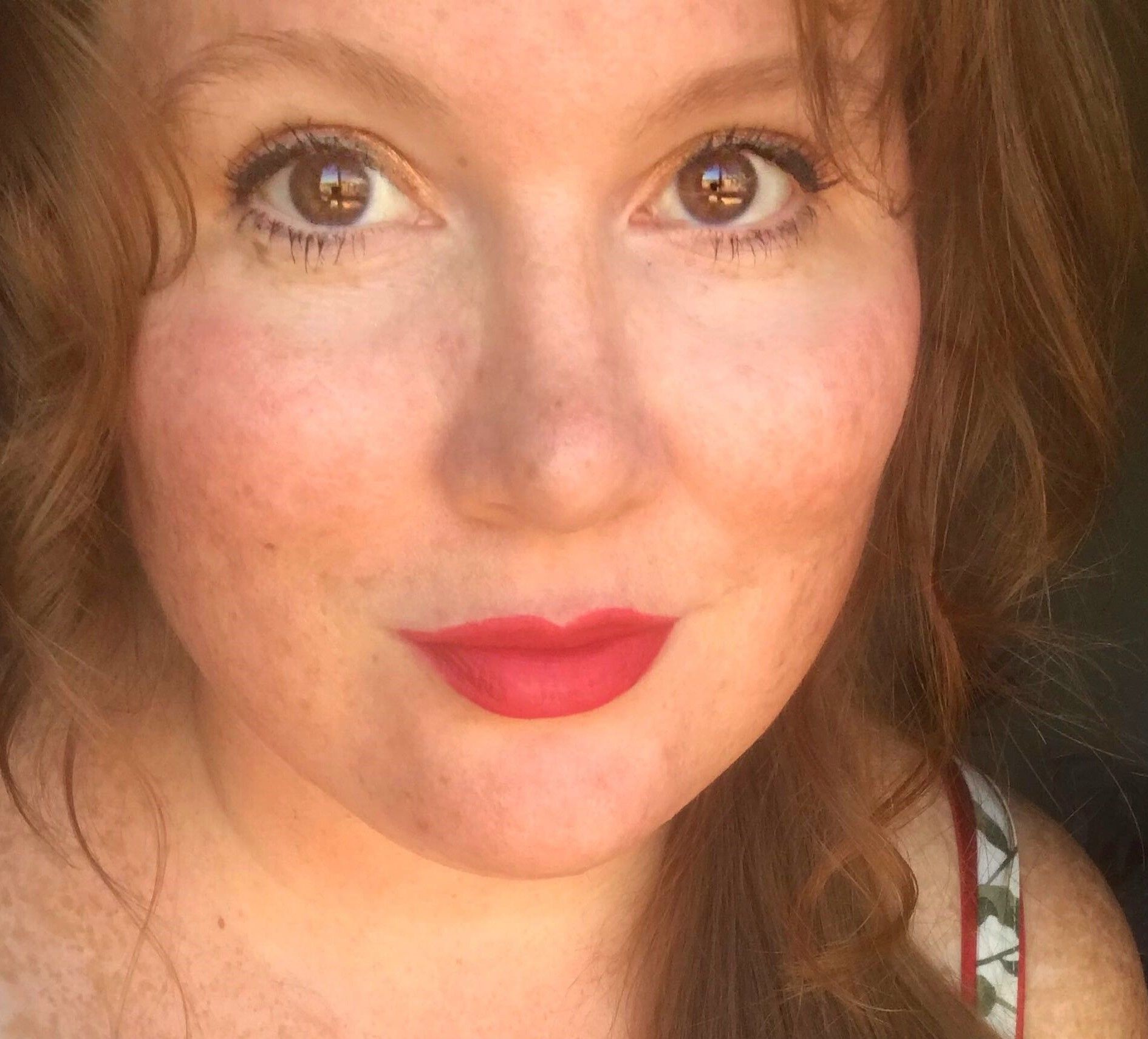How To Use Mood Boards to Collaborate with Designers

The phrase, “I’ll know it when I see it,” is a death knell for many design projects.
And yet, clients use it often, and sometimes without providing any further feedback. This can leave the design team spinning, unsure of what step to take next or how to satisfy such an abstract thought.
Being involved with the design, and getting to the best design as quickly as possible, can make all the difference in the outcome of the product. It also saves on the budget, boosts confidence in the freelance design team, and gets the design into your hands quicker.
Words often do design an injustice. “Clean” could be misinterpreted as “neutral”; “edgy” as “chaotic”; “minimalist” as “mostly nothingness.” Instead of relying on words to convey your needs, you can use visuals—particularly digital mood boards (also known as inspiration boards).
Mood boards are frequently used for interior and fashion design, but they can be useful for graphic design too. You use a mood board to compile inspiring elements to explain what emotion you want the design to evoke as well as what colors, patterns, typography, and photography style you prefer.
Follow these tips to nail your mood board so your freelance designer can deliver the best results with the least iterations.
1. Take Pictures
Scrolling through images online for hours can be exhausting. Eventually, they blend. Worst of all, the endless scrolling can be a real inspirational killer. So go for a walk. And take pictures.
Do the clean lines of a newly built, modern building appeal to you? Or perhaps you like that retro coffee house down the street from the office. Then you see a bright pop of yellow on a building, and it makes you think about your brand.
Take pictures of it all for your mood board. These small elements will provide your designer with deep insight into the direction of the project.
2. Become a Curator
When you’ve put together a bunch of ideas for your designer, it’s time to tell a story with the board.
When you walk into an exhibition, the curator has meticulously picked out and arranged what you will view so that it evokes a particular emotional response. What response do you want your audience to have to your ad, presentation, logo, etc?
Take a look at some famous brands and the elements that they use to evoke feeling—like the condensation bubbles that indicate “feeling refreshed” from a cold Coca-Cola drink. What might be evocative elements for your brand?
Try not to overwhelm your designer with 100 different photos. Instead, curate the collection so there is meaning that can be interpreted by the designer.
3. Build Around One or Two Primary Images
If you find an image and it speaks to your entire idea all at once, save it right away. Then build around it.
When you put your mood board together, make your primary images larger than the others. This is a subliminal trick of the mind that encourages the brain to ask questions about the larger image and find answers in the smaller ones.
Not only will this method help your freelance design team answer their own questions about your aesthetic, it will also make it easier for you to optimize your own preferences.
4. Be Obvious with Your Theme
While it should be obvious that you should be obvious, that isn’t always the case.
Sometimes there is an inclination to leave room for the designer to work or a concern that the designer will fixate on what you’ve supplied and not bring anything new to the table.
To combat that, and to help your designer narrow down your design desires, make it clear with your mood board what you’re looking for. A contemporary presentation mood board should not have minimalist elements. I
f you want blue and white as your only colors, make sure that is explicit in your color choices (don’t add an image of a purple couch, no matter how clean the lines are!).
5. Don’t Forget the Typography
All these images can help your freelance designer determine color, theme, and style, but without a hint about typography, they are left to guess.
And like any good accessory, typography can often make or break the design. Look up fonts on websites like dafont.com or through a Google search and screenshot your favorites to add to your mood board. Make sure you’re paying attention to the theme or style you want though.
Choosing a Medieval serif font for a minimalist product may not be ideal. If you’re using Google Chrome, consider the WhatFont Chrome Extension which tells you what font you’re looking at while you’re on a specific webpage.
For secure browsing while accessing design resources, a VPN extension for Chrome, or a VPN for beginners can provide added privacy and security.
This is an area where you can lean on the designer for ideas. Their experience in choosing stylish fonts to match your inspirations will come in handy. So put your favorites on the mood board, but be open-minded to what the designer may have to offer.
Online Tools to Create Your Mood Board
In mid-July, Behance, an Adobe design showcase platform, announced it would begin supporting mood boards for designers. Behance and other tools like it ease the transition of delivering ideas. They can also provide a collaborative environment for you and the designer to work with others on your team.
The very popular option for personal use can also work for businesses. You’ll need to set up an account, but you can share a mood board with other users to add to.
The great thing about using Pinterest is that, in many cases, you can share directly from the website without needing to screenshot. So when you see something you like, click the familiar red circle with a P, and your designer can see it.
The newly announced Behance Boards is a place for collaboration, save images from other projects, plan projects, and add co-owners of boards for further inspiration. Behance Boards is already activated and users have created some stunning, motivating collections like this one on gradients or this one on branding.
Canva offers a drag-and-drop tool for the creation of inspiration boards. You can create the emotions you want to convey quickly and easily with this program that doesn’t require you to screenshot or upload files from your computer (though you can do that too).
They also have an extensive media library where you can get ideas which saves you the hassle of Googling terms and hoping to find something you can use.
Use a blank board or a template provided by Moodboard, an easy-to-use tool named after the very thing you’re creating. What you create on this site is private, but each board has a unique URL that can be shared with your team and your designer so they can see your vision. It is free to use, and quick to start up.
With this Google Chrome extension, you can save things you see while browsing the internet on your Evernote account.
The description says, “CLIP any webpage, HIGHLIGHT what matters most, ANNOTATE, take SCREENSHOTS, and have access to that information whenever and wherever you need it.” You have easy access to your clippings from any device by logging into your Evernote account.
Choose from several preset sizes, shapes, and themes to get started with Adobe Spark Mood Boards. Once set up, you can use the thousands of license-free images they have in their library or upload your own. Adobe Spark also lets you add modifiable text to the board, and when done, you can download, print, or share it across social media channels.
Sample Board offers over 30,000 images in their media library. You can create from anywhere and share with clients, colleagues, and designers. The program requires Adobe Flash to use, and you can take advantage of their free trials, or sign up for the premium, pro, or small business versions right away.
Supported across devices including mobile and tablets, Invision Boards is a free collaborative environment that lets you get feedback from a global audience on your ideas. Collaborate your thoughts in a central place, share with your team, and then deliver it to the designer when it is exactly what you want.
Once you have your inspiration organized, it’s time to share it with your freelance design team.
You may also like these

Comparing the Top 10 Outsourced Design Services in 2025: Which One is Right for You?
Struggling to get high-quality designs from a design team already at capacity is frustrating. Layer on ad-hoc requests and the design team's own projects fall apart and team morale sinks.It doesn’t have to be this way. Many companies will take on the overflow, add that missing skill, or work through the tireless monotony of ad variations—they're available in three different options: Option 1. Hire a freelancer or agency. You can outsource the overflow to a freelancer marketplace or an agency. But you don’t need more work onboarding, managing, and spending countless hours buried in administrative work with freelancers, nor do you want the fear of submitting the expensive bill to your boss from a slow agency.Option 2. Hire in-house. Hire more in-house talent, which comes with all of the added costs and responsibilities of recruitment, onboarding and employee retention.Option 3. Subscribe to an outsourced design service. To scale design efficiently and discover unique design skills, you can partner with a creative design subscription service to get great design work done on-demand.
Maximizing Profit: The Impact of Design on Business Strategy
Design has never been more in demand. As the first interaction for most customers with businesses, it’s just everywhere—from the homepage of your favorite website to the product packaging your new sneakers arrived in.With smartphones, tablets and digital interfaces at every turn, every design element now affects nearly every consumer touchpoint during the customer journey.That’s why the smartest companies are investing in good design systems for all their inputs—and for a good reason: It’s good for the bottom line.A 2018 McKinsey report, “The Business Value of Design,” put the impact of design on your bottom line with data: Over five years, companies that invested in good design had 32% more revenue and 56% more total returns to shareholders.Is your company investing enough in design? Read below data-driven insights and historical examples from visionary leaders who used powerful designs to communicate value to their target audience—and why you should start to do it too for every asset you have.
The Ultimate 5-Step Graphic Design Process
For any design team, having an established graphic design process will lead to better designs, higher output and most importantly, remove a lot of potential frustration.The process of starting a graphic design project has changed drastically over the years. Now, AI-powered design is the driving force behind concept development and the design thinking process, which makes it necessary to think about the different perspectives infused into each design stage.If you’re leading graphic designers or looking to streamline the process, then let’s take a look at the 5 most essential steps of the graphic design process.The Importance of a Structured Design ProcessGraphic design is an intricate blend of creativity and strategy, requiring a structured approach to ensure that the final product not only looks stunning but also effectively communicates the intended message.







